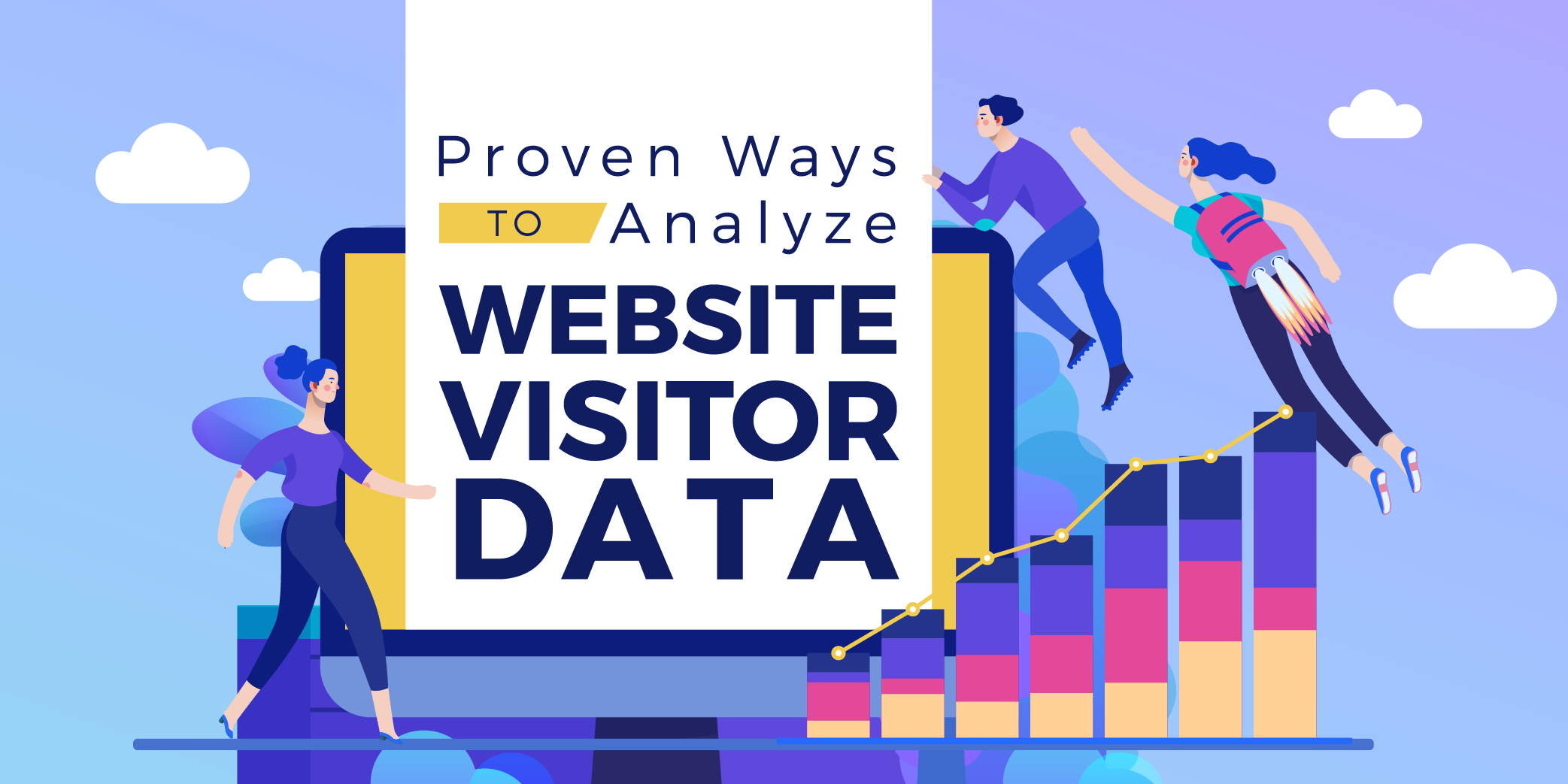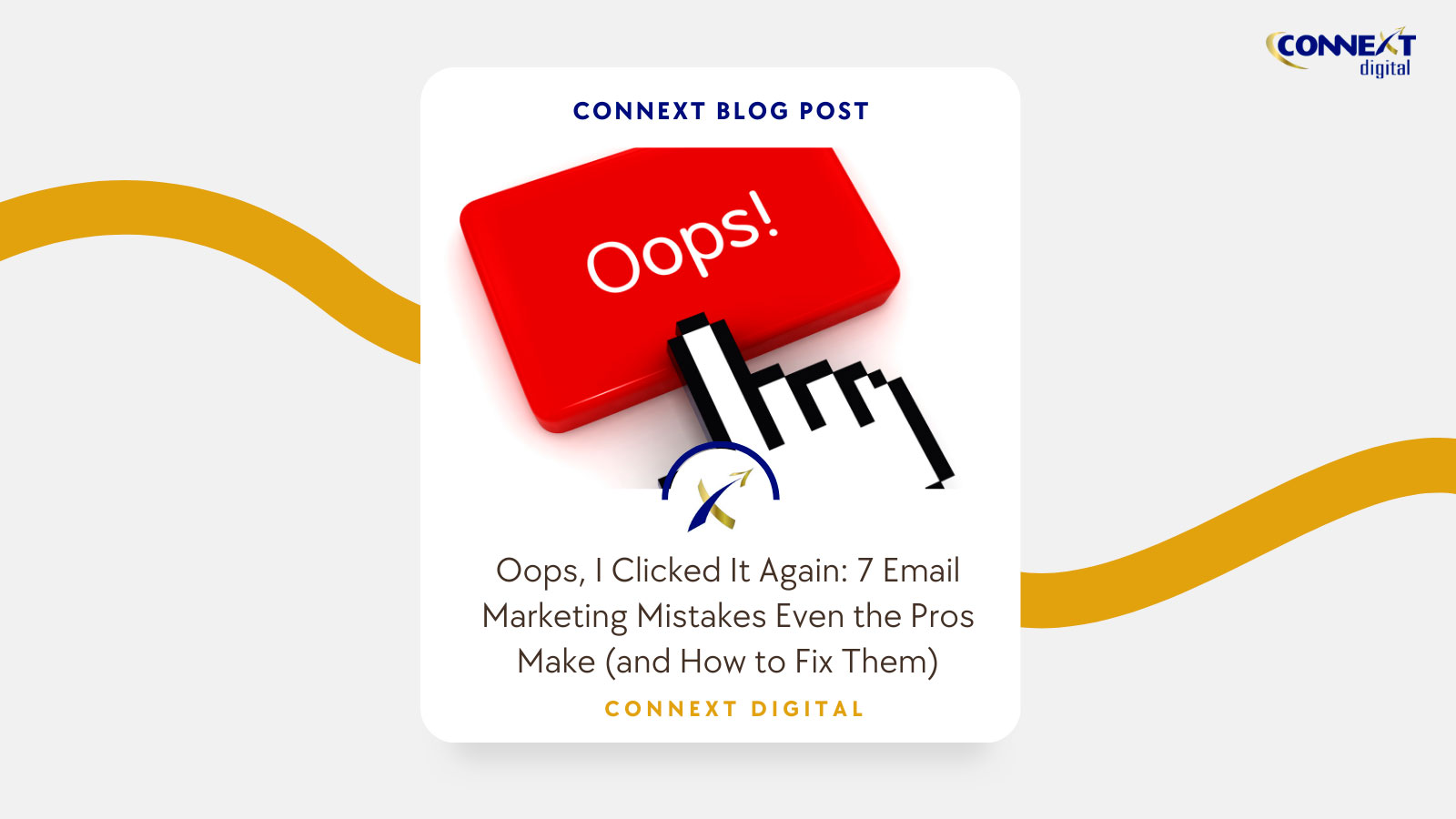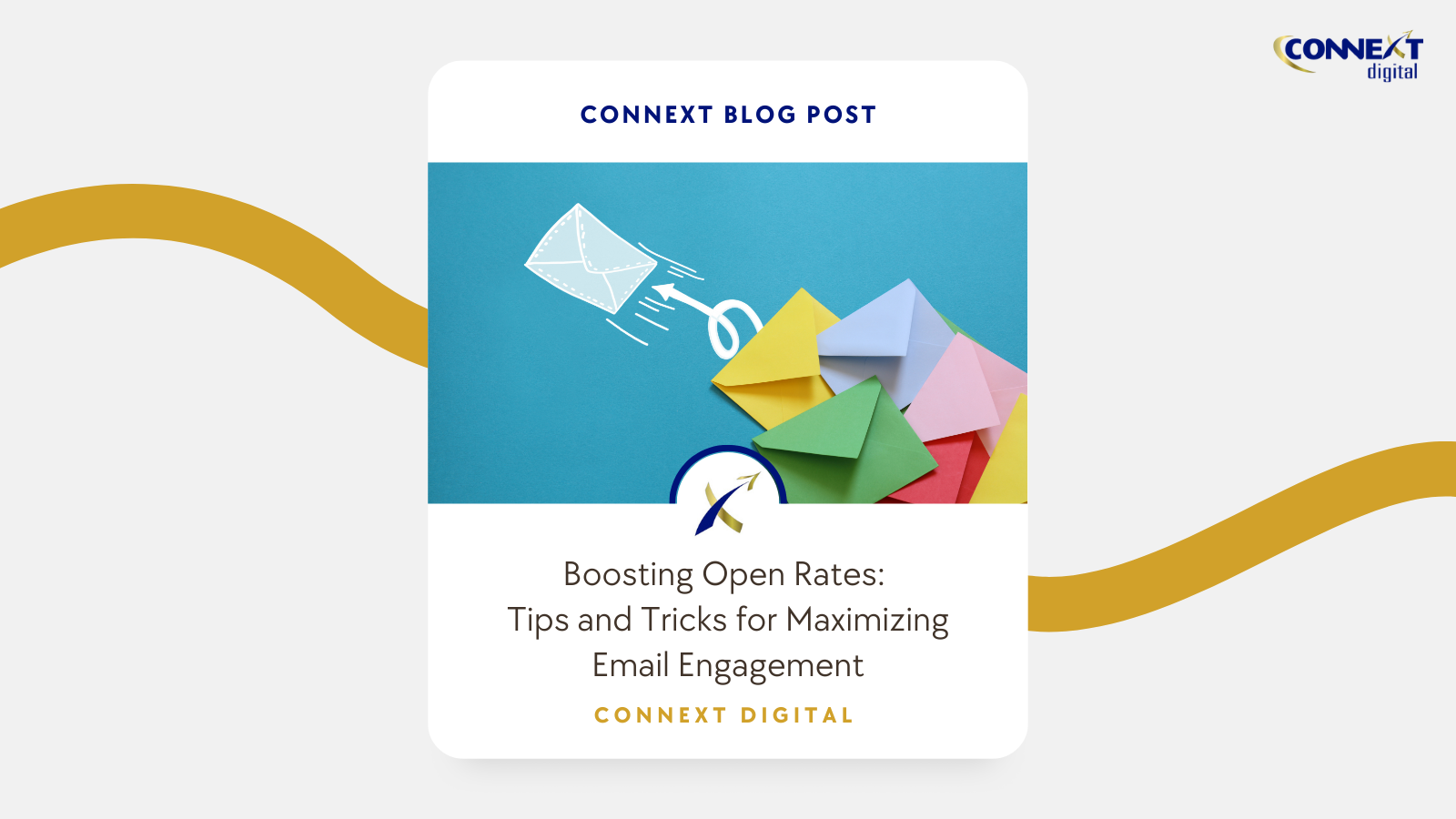
Proven Ways to Analyze Website Visitor Data
We’re now right smack in the middle of the digital age, making it an expectation for your business to run its own website so you don’t get left behind. Having one is essential, not only because it provides an easier way for customers to access your product or service but also because it acts as a foundation to market your brand through different digital channels.
Of course, to reap the benefits of running a website effectively, it’s crucial to analyze visitor data on your website. You need to monitor your metrics and make sure that the data is accurate before analyzing it to find out how your campaigns are performing. You wouldn’t want to experience the real cost of bad data in your efforts to grow your business.
Website analytics can provide insightful information about who your visitors are through their demographic data, how they behave on your site, and rate of conversion, among other things. With all this information at hand, you can be better informed to formulate strategies that will help you to achieve your goals.
But before we dive in, you must first know what types of data you should be tracking to help you understand how to analyze it and act on it.
Types of Traffic Data to Look Out For
In the world of digital marketing, traffic and engagement are gold. But to find out how your website is performing through the conversion of your traffic, you’ll need to understand the types of data this traffic brings. Business owners use tools like Google Analytics to keep an eye on their metrics and gauge site performance. While these are necessary, they’re merely a slice of the pie in terms of what you need to know overall.
- Funnel analytics
Funnel analytics can help you understand how leads obtained through your acquisition and onboarding funnels are working out. You’ll have data about customer flow through lead generation, checkout pages, and registration, among other means.
You can conduct tests and make the necessary changes to your forms, CTA buttons, language, and whatnot after studying your funnel. Improving this facet of your analytics is one of the major ways to boost your bottom line.
- On-site engagement
Apart from knowing how your visitors find their way to your site, you should also be aware of what they’re doing there in the first place. This includes the buttons they’re clicking on, the areas of the site they’re hovering on, and the pages they’re looking at.
A mouse tracking tool can help you gather this data. The information can help you learn about your website’s usability and if there are any navigation issues that don’t deliver an intuitive user experience. Brands can use this early on to help with website development but it’s also useful to continually track user experience components to make regular improvements and optimizations in the long term.
- Customer analytics
There are times when organizations take too long before they survey customers and set up feedback channels. With customer analytics, you can identify issues such as unfulfilled customer needs and confusion over your messaging system.
Customer data can be collected by surveying customers, speaking to your sales reps, and referring to your Customer Relationship Management (CRM) platform.
- Lifecycle analytics
To figure out how to communicate with your customers the right way, you’ll need data from emails, newsletters, in-app messaging and other messaging/communication platforms. This will help you improve both future communications and customer development through identifying and analyzing certain customer segments.
- Marketing analytics
Some companies begin their marketing campaigns by pushing forward with the channels where they have the most experience. This may seem to make sense in theory, but it’s a risky way to plan a marketing roadmap.
Marketing analytics tools can help you understand which methods work best. You’ll be able to track and compare all your marketing channels so that you can measure the success of specific campaigns. Once you’ve analyzed all this data, you’re equipped to decide how to allocate your budget and make better marketing decisions.

Analyzing Website Traffic Data
It may be a foreign idea for some folks to analyze website traffic data, but this doesn’t have to be a complicated task. All the terms listed in the infographic are essentially what you need to keep your eye on to determine how your website is performing. With the help of traffic analytics tools, all this available data will help you make the right decisions. Let’s break down these metrics:
- Pageviews
When a visitor lands on your site or even loads one of your pages, this action generates a pageview. Take note that this counts regardless of who visits or how many times they’ve been there. This may seem like a bad metric for measuring traffic, but returning visitors are always welcome. Some just really care about those valuable first-timers.
- Unique visitors
This is one of the most important stats for measuring brand awareness. But if a particular user comes to the site every day, it only counts as one unique visit. This metric will tell you if you’re growing your customer/audience base by driving new unique visits.
- Pages per session
When a user views the pages on your website, this tallies under pages per session. The more pages per session means users are more engaged and want to explore your website. This is an indication that your website’s content ties in well together and is generally relevant to your target audience’s interests.
- Visits
A visit is a single browsing session and counts the number of website visits regardless of the pages viewed. So, when a user lands anywhere on your website, that counts as one visit. But a single user can be responsible for multiple visits if they leave your site and return after more than 30mins (or however long your session refresh period is).
- Bounce rate
When people ‘bounce’ off your website, this means they’ve landed on it but decided to leave, perhaps after realizing they’re in the wrong place or they don’t like what they saw. Ideally, the lower the number, the better for your stats. A healthy bounce rate should not be above 70% – 80%.
- Average duration rate
This metric indicates the average time your visitors spend on your website. The more time they stay, the higher the chances your website has what it takes to keep them from leaving. Both bounce rate and average duration rate can tell you about how engaging your content is.
- Percentage of new visits
If you want to know the percentage of traffic that comes from first-time visitors, this is the metric you need to keep your eye on. You’d want this to be high if you’re looking for new prospects. But if you’re looking for repeat visitors, the number will most likely be lower.
- Real-time traffic
Here, you’ll be able to see how many visitors are currently on your site at any given time, making this metric particularly handy when you’ve launched a promotion and want to see if it’s making an immediate effect.
- Social media analytics
Social media has proven to be a useful channel for funneling traffic to websites. To find out if your social media efforts are driving traffic and which networks perform better, this is the right tool for you. To strike the right balance, you should aim for about 50% of traffic to come from social, and the other half from your organic efforts.
- AdWords measurements
When you connect Google Analytics to your Google Ads account, you’ll be able to measure how your online ad campaigns are performing. Using metrics like cost-per-click (CPC) and clickthrough rate (CTR), you can track how well they’re doing and whether or not they’re bringing you the traffic you need.
Numbers Don’t Lie
Essentially, all these metrics will tell you how your website is performing. With the help of traffic analytics tools such as Google Analytics, you’ll be able to measure these essential metrics so you can make the necessary adjustments to improve traffic quality.
Factors such as ease-of-navigation, diversity of content, user experience design, and your social media strategy can and should all be streamlined according to your business goals. When you’re able to use web analytics to understand what’s going on in your campaigns, you can rest assured that you’ll be making more informed decisions and driving the best possible ROI from your online marketing efforts.
Contact the experts at Connext Digital today for your web analytics needs!





